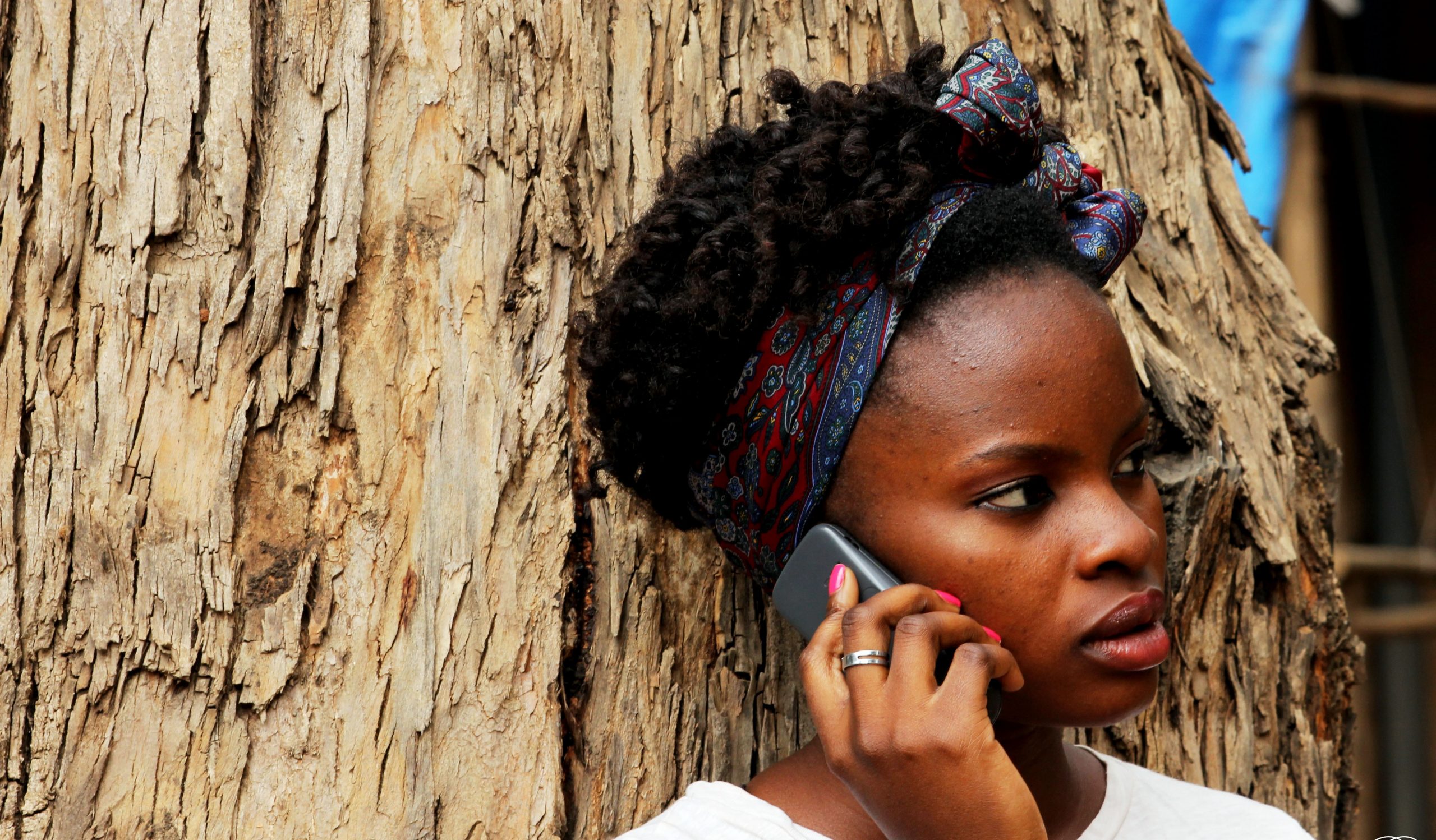advertisement
Mobile phone penetration rises despite the gender gap ownership disparities
Findings of a recent study by GSMA reveal that 80 per cent of women in low- and middle-income countries are…

Findings of a recent study by GSMA reveal that 80 per cent of women in low- and middle-income countries are now mobile owners.
According to the GSMA’s 2019 Mobile Gender Gap Report, mobile emerging as the primary means of internet access in these markets indicate that 48 per cent of women use mobile to get online.
However, despite the growth in connectivity, the gender gap in mobile ownership hasn’t closed. Women remain 10 per cent less likely than men to own a mobile phone in the low and middle-income countries. The report pointed out that an average of 23 percent of women are less likely than men to use mobile internet.
advertisement
The mobile gender gap varies by region and country but is widest in South Asia where women are 28 per cent less likely than men to own a mobile device and 58 percent less likely to use the mobile internet.
“While mobile connectivity is spreading quickly, it is not spreading equally. Unequal access to mobile technology threatens to exacerbate the inequalities women already experience.”
Mats Granryd, Director General, GSMA
Kenya is among countries with a huge gender gap between men and women who own and regularly utilise mobile phones, the GSMA’s 2019 Mobile Gender Gap Report reveals.
Comparatively, the number of mobile users on weekly basis in Kenya stood at 61 percent for men compared 69 percent for women.
advertisement
Incidentally, the percentage difference in monthly expenditure on mobile services for men and women, not including devices, stood at 29 percent.
In overall, the study reveals that 80 percent of women in low- and middle-income countries are now mobile owners. According to the report, mobile is the primary means of internet access in these markets, where 48 per cent of women use mobile to get online.

Addressing the mobile gender gap
advertisement
Mobile operators are taking action to address the mobile gender gap and leading an effort to drive digital and financial inclusion for women. As part of the GSMA Connected Women Programme’s Commitment Initiative, nearly 37 mobile operators from 27 countries across Africa, Asia and Latin America have committed to reducing the gender gap in their mobile money or mobile internet customer base by 2020. These operators have provided over 16 million additional women with access to digital and financial services since 2016.
“Ensuring digital and financial inclusion for women is critically important, as we know that when women thrive, societies, businesses and economies thrive,” added Granryd. “Reaching the 432 million women in these countries who are still unconnected will require concerted effort and coordination from the mobile industry, as well as policy makers and the international community.”
“Reaching the 432 million women in these countries who are still unconnected will require concerted effort and coordination from the mobile industry, as well as policy makers and the international community.”
Mats Granryd, Director General, GSMA.
However, despite the growth in connectivity, the gender gap in mobile ownership is not closing. Women remain 10 percent less likely than men to own a mobile phone in low- and middle-income countries, and 23 percent less likely than men to use mobile internet. The mobile gender gap varies by region and country but is widest in South Asia where women are 28 per cent less likely than men to own a mobile device and 58 per cent less likely to use the mobile internet.
“We are seeing significantly increased mobile access for women, however in an increasingly connected world, women are still being left behind,” said Director General, GSMA. “While mobile connectivity is spreading quickly, it is not spreading equally. Unequal access to mobile technology threatens to exacerbate the inequalities women already experience.”
Mobile operators are taking action to address the mobile gender gap and leading an effort to drive digital and financial inclusion for women. As part of the GSMA Connected Women Programme’s Commitment Initiative, nearly 37 mobile operators from 27 countries across Africa, Asia and Latin America have committed to reducing the gender gap in their mobile money or mobile internet customer base by 2020. These operators have provided over 16 million additional women with access to digital and financial services since 2016.
“Ensuring digital and financial inclusion for women is critically important, as we know that when women thrive, societies, businesses and economies thrive,” added Granryd. “Reaching the 432 million women in these countries who are still unconnected will require concerted effort and coordination from the mobile industry, as well as policy makers and the international community.”
Women highlighted affordability, literacy and digital skills, a perceived lack of relevance, and safety and security concerns as the top barriers needing to be addressed in order to further decrease the mobile gender gap.
According to the report, 41 percent of men and 46 percent of women surveyed in Kenya cited affordability as the reason they do not own phones. The number of men who cited literate and skills was higher for men at 28 percent compared to 24 percent for women. 12 percent of men and 14 percent of women cited relevancy as a barrier to owning a mobile phone while those who attributed it to safety and security stood at 8 percent for both genders.
The percentage of those who cited accessibility issues, such as mobile coverage, access to phone charging and family approval, was marginal.
The GSMA found that closing the gender gaps in mobile ownership and usage represents a substantial commercial opportunity for the mobile industry. Over the next five years, low- and middle-income countries could gain an estimated additional $140 billion in mobile industry revenue if operators could close these gender gaps by 2023. The GSMA also found that closing the mobile gender gap could be an important driver of economic growth. These markets could also add an additional $700 billion in GDP growth by 2023.